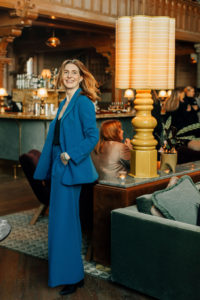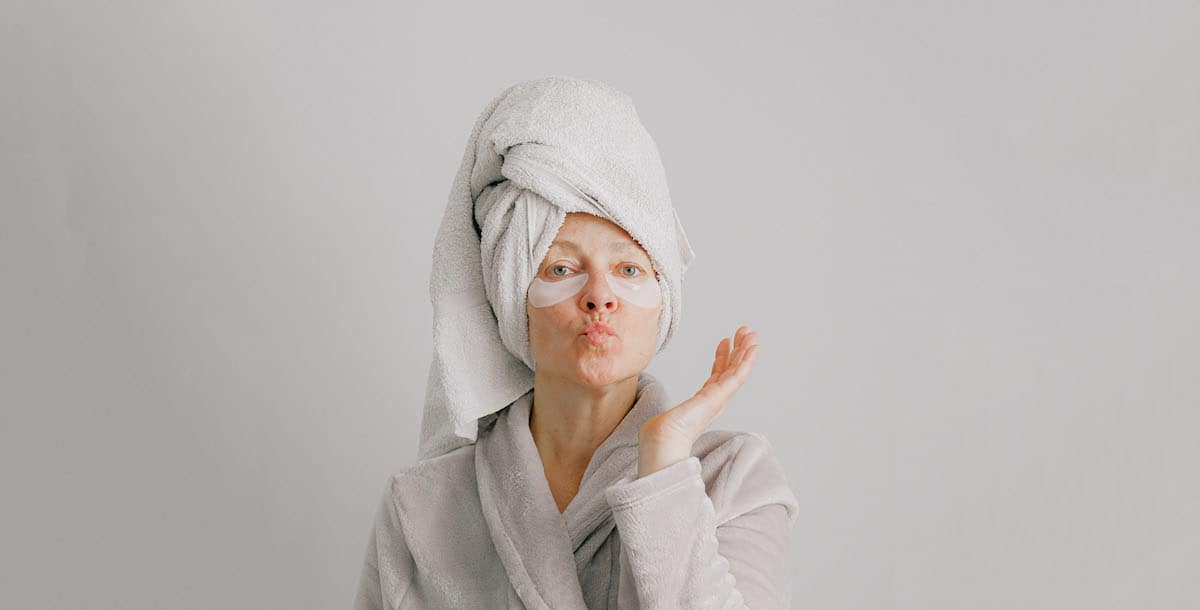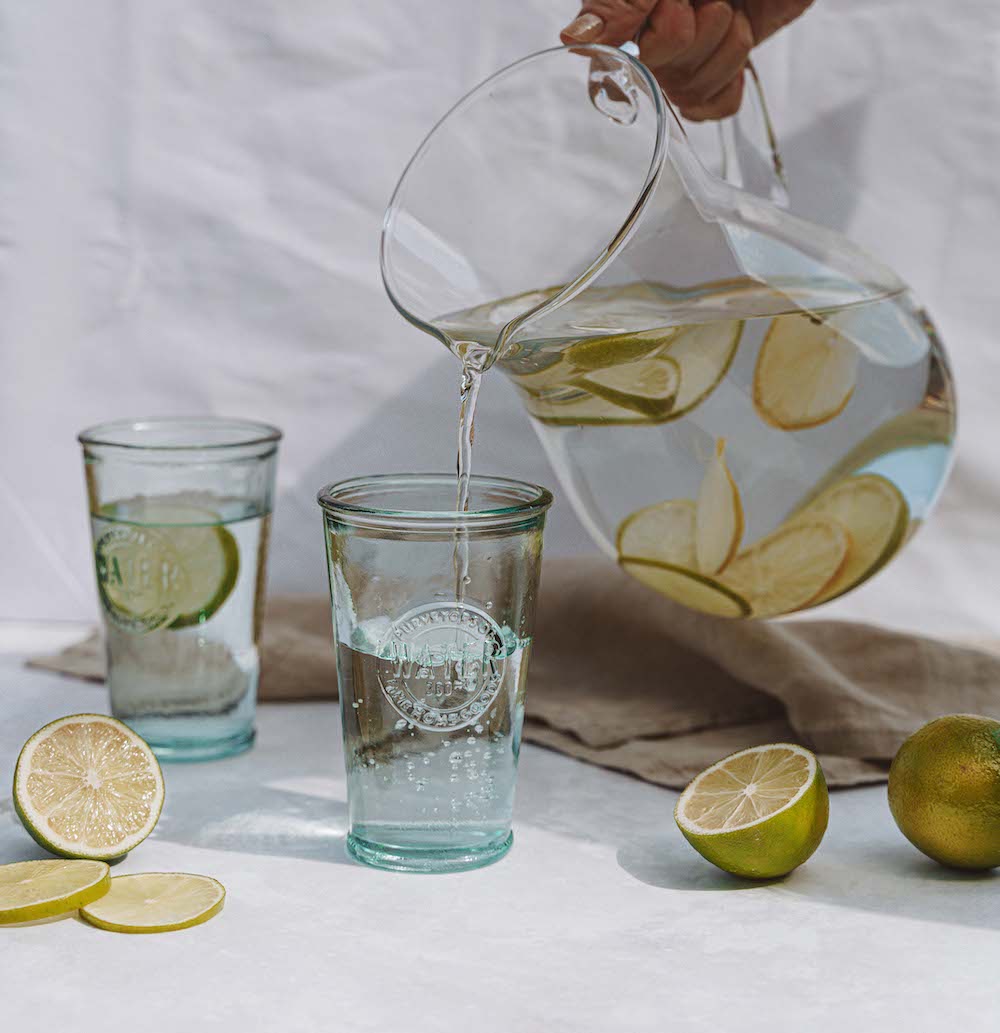Published 16 September 2024
-
Written by The Hormona Team

Reviewed by Anna Chacon
Fact checking standards
Key takeaways
When you have finally curated your skin routine after researching and listening to all the advice. You now know your skin type and can finally have a healthy friendship with your skin. Then, during certain times in your menstrual cycle, just before your period starts, will tend to put a different set of strains on this already new friendship.
Here’s what happens during your period and why we talk about period skin
Within a matter of 28-days, the average length of a woman’s menstrual cycle, our complexion can change in a matter of minutes. Drastically different each day from unpleasant shine and oily one day to dry and flaky another day. Then there are the breakouts that are not just reserved for the teenage years. Period skin is not constrained to only the days leading up to and during your period.
But our skin does try to warn us when the tide is about to change. There are heads up or warning signs when our skin does these drastic changes that when better understood, we can be armed and ready to fight. It is time to stop your period from messing with your glow and it starts with knowing where you are in your menstrual cycle.
The Period Skin Cycle
The Follicular phase
Period skin symptoms:
During this phase, your skin is at its most cooperative, because as the research puts it done to the fact that your estrogen levels are at their highest. When your estrogen is at its highest your skin receives more collagen, sebum production is normalised, is moisturised to the required amount and at its brightest.
Fight back with:
Now is the time to stick to the full works of your skincare and even the minimal effort with your skincare as it can handle it while loving the energy. Use your vitamin C serums, nightly retinoids and AHAs, of course in the required order as instructed by your favourite skincare brand.
The Luteal Phase
Period Skin symptoms:
Even if your skin is usually on the drier side in the Luteal phase, it will become oily thanks to the decrease of estrogen levels and increase in progesterone levels. Research says progesterone is responsible for your sebaceous glands producing more sebum which makes you oily. Whether your skin is of the drier skin type, oily or combination skin type, you will be battling against blocked skin meaning spots or an increase in period acne.
Fight back with:
Time to use your skincare defence against increased oily skin and spots; clay face masks, gentle exfoliators, gentle cleaners and lighter moisturisers or oils.
The Menstrual Phase
Period skin symptom:
We all have that friend who is so intuitive she will know exactly when her period is about to begin and even predict if it is going to rain or pour. There is a lot you can learn from her because this way you can be prepared for the drastic change in your hormones. Yes, it is that dramatic, the decline in your estrogen and progesterone levels. We all understand this as period related skin. Which means, lack lustered, dull, sensitive, irritated and dry skin of varying degrees.
Fight back with:
Soothing ingredients like chamomile, Aloe Vera, cucumber and honey, to name a few. And, staying hydrated.
Final Note
It should go without saying but remember to protect your skin during every phase, with sunscreen if you will only be leaving the house today for a walk. We hope you have a few soothing self-care items to for those period cramps.
Disclaimer: This website does not provide medical advice. The information, including but not limited to, text, graphics, images, and other material contained on this website is for informational purposes only. No material on this site is intended to be a substitute for professional medical advice, diagnosis, or treatment. Always seek the advice of your physician or other qualified healthcare provider with any questions you may have regarding a medical condition or treatment and before undertaking a new healthcare regimen, and never disregard professional medical advice or delay in seeking it because of something you have read on this website.
Written by
The Hormona Team
Reviewed by

Anna Chacon
Reviewed by

Dr Singh is the Medical Director of the Indiana Sleep Center. His research and clinical practice focuses on the myriad of sleep.





